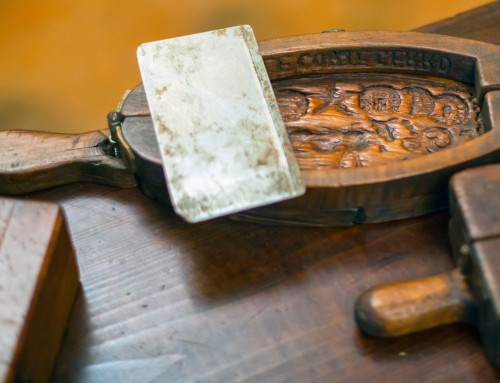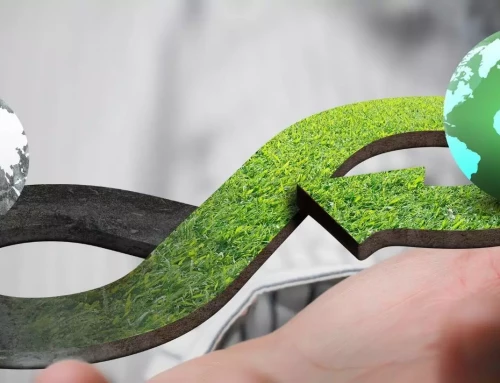Top 3 mistakes while choosing alternatives to plastic
Plastic products have come under serious criticism; The media is flooded with reports on how plastics are polluting our environment, causing significant harm to life on land and ocean. Consequently, consumers and companies are looking for sustainable alternatives to plastic products. Plastics are great – they are versatile, durable, safe, economic and scalable. Not surprising then that plastic usage is widespread in healthcare, food storage, automotive and many facets of everyday life. Finding sustainable alternatives to plastic must be an objective exercise with careful considerations of various factors. We list the top 3 mistakes people make while looking for sustainable alternatives to plastic.
1. Looking for alternatives with unclear objectives
Due to negative publicity around plastics, consumers and companies look for alternatives to replace plastics used in medium to long shelf-life products and not just single-use plastic products. They are often unclear with their objectives to change. As an example, some schools and government offices in Bangalore have banned the use of plastic lunch boxes in their premises. Plastic lunch boxes do not pollute (they are always recycled, especially in India). Further, they are durable, economical and helps protect food better than most other alternatives. When the objectives are unclear, the solutions are incomplete, short-lived, and in many cases worse than the existing plastic products. Responsible and mature companies would consider reducing carbon footprint, conserving fossil resources, creating socio-economic impact as potential objectives to find sustainable alternatives to plastics.
2. Making choices with incomplete assessment
Understandably, many companies are under pressure to find sustainable replacements to plastics with least cost impact and shorter time to market. In many cases, alternative choices are made without complete and thorough impact assessment. One of the most common examples is the use of paper cups. Wooden cutlery is another commonly used alternative to disposable plastic cutleries. We tested more than 15 samples of such wooden disposables from different sources and found most of them treated with harmful chemicals. This is usually done to increase the shelf-life of the products. These chemicals readily leach into the food they come in contact with causing serious health concerns. Wood, which is rich in carbon content and harvested after 20-30 years is best used for products that have long shelf life (e.g. construction, furniture). Using wood for disposables is not eco-friendly.
3. Switching to compostable and biodegradable plastics
Biodegradable and compostable plastic products are potentially good alternatives to certain single use plastic products. Many companies and consumers believe that biodegradable plastics are the most sustainable solutions, including for the products made for medium to long shelf life. Without correct guidance and support they lose time to realise the limitations of biodegradable plastics. The time to market, costs, durability, ecological impact and regulatory requirements of commercialising biodegradable products are often underestimated and does not justify their use in many cases.
Choice of sustainable alternatives to plastics has to be made after careful consideration of social, ecological and economic impact across the product lifecycle. Choose to work with the right partner(s) who can guide you to make long lasting decisions as you move towards a sustainable future. Engage with Partner(s) who can support you in providing complete solutions.






